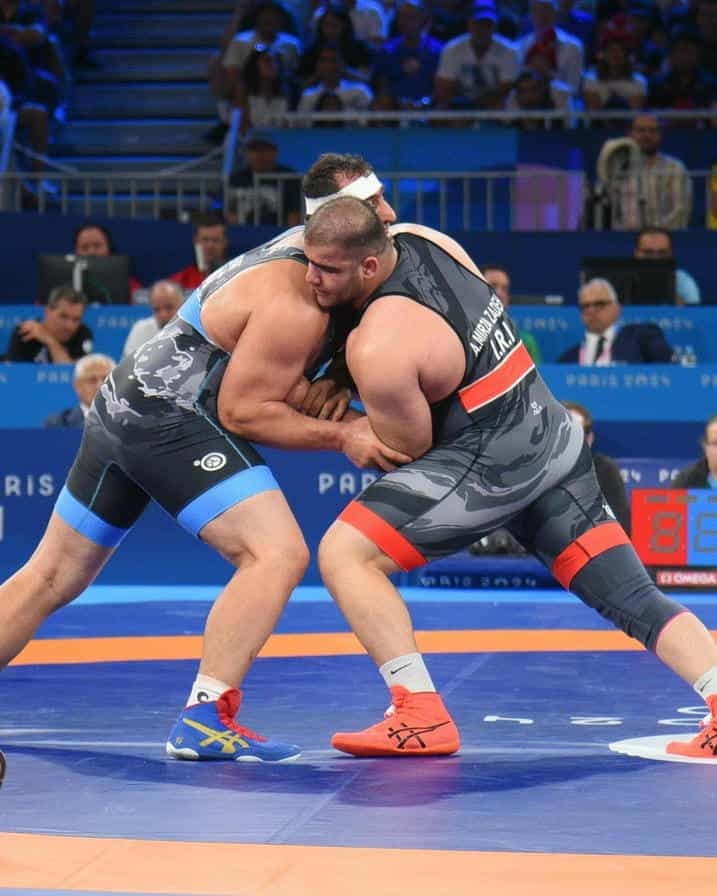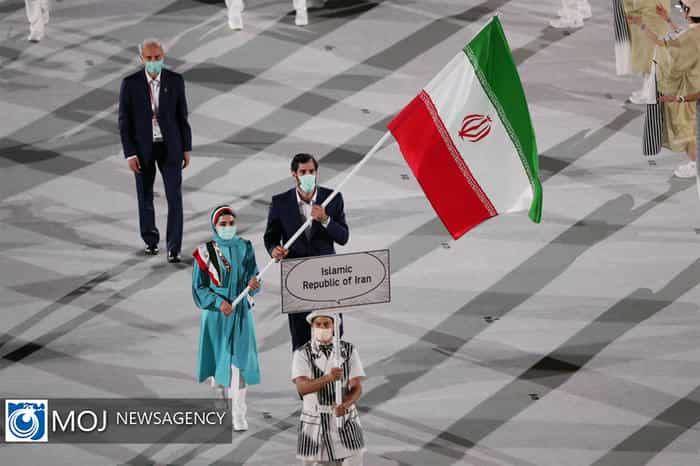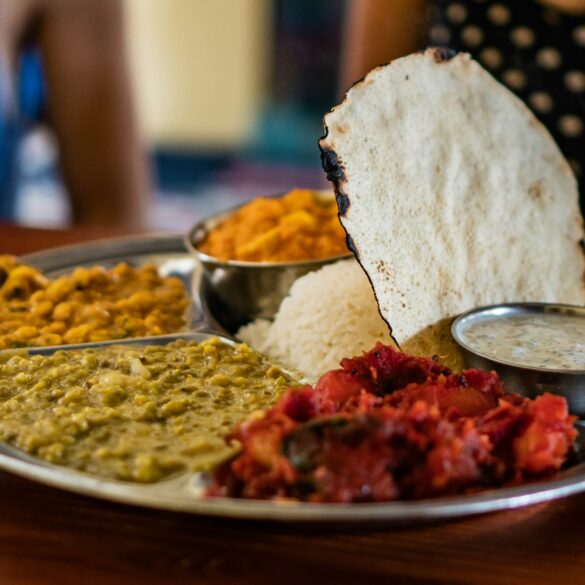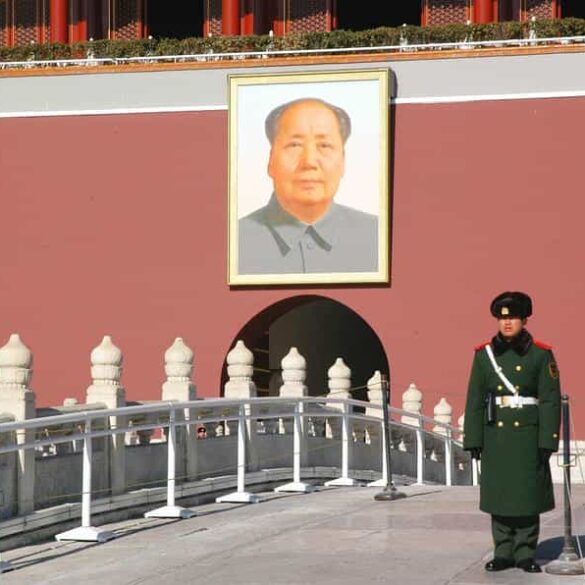Sports in Iran: A Journey Through Athletic Heritage and Modern Ambitions
Having spent considerable time following Iranian sports over the past decade, I’ve witnessed something truly remarkable—a nation where ancient athletic traditions seamlessly blend with modern sporting aspirations. What strikes me most about Iranian sports culture isn’t just the incredible skill level, but the profound emotional connection between athletes and their communities. Honestly, I reckon few countries demonstrate such passionate sports loyalty.
From my perspective, understanding Iranian sports requires appreciating both historical context and contemporary challenges. Back when I first started researching Middle Eastern athletics, I was genuinely surprised by the depth and complexity of Iran’s sporting landscape. The country boasts over 80 million people with an incredibly rich athletic heritage that spans millennia1.
Iran Sports Quick Facts
Population: Over 84 million people
Olympic Medals: 73 total medals (as of 2024)
Most Popular Sport: Football (Soccer)
Traditional Sport: Zurkhaneh (House of Strength)
Notable Achievement: Asia Cup winners in football (1968, 1972, 1976)
What really excites me about Iranian sports is how they’ve maintained their cultural authenticity while pursuing international excellence. I’ve consistently found that Iranian athletes carry something special—a combination of ancient warrior spirit and modern athletic sophistication. Take wrestling, for instance. Iran consistently ranks among the world’s top wrestling nations, and I’ll be completely honest, their technique and mental toughness are absolutely phenomenal2.
The more I consider Iranian sports culture, the more I appreciate how deeply it’s woven into national identity. Sports aren’t just entertainment here—they’re expressions of cultural pride, religious devotion, and community solidarity. During major competitions, I’ve witnessed entire cities come to a standstill as families gather around televisions, creating an atmosphere that’s both electric and deeply moving.
Traditional Sports: The Soul of Iranian Athletics
Let me step back for a moment and share what truly fascinates me about Iranian traditional sports. Actually, thinking about it differently, these aren’t just sports—they’re living museums of Persian culture. The Zurkhaneh, or “House of Strength,” represents something I’ve never encountered anywhere else in the world. It’s part gymnasium, part spiritual center, and entirely captivating3.
Having researched traditional Iranian athletics extensively, I’m constantly amazed by the ritualistic nature of these practices. The Zurkhaneh combines physical training with poetry, music, and moral instruction. Athletes—called “pahlavans”—perform exercises with ancient wooden clubs called “meel” and metal shields called “kabbadeh” while a “morshed” (master) chants epic poetry from the Shahnameh.
Traditional Iranian Sports Overview
- Zurkhaneh: Ancient strength training combining physical exercise with spiritual development
- Koshti (Wrestling): Traditional Iranian wrestling with roots dating back 5,000 years
- Polo: Originally developed in Iran around 600 BC
- Archery: Traditional Persian archery techniques still practiced today
What strikes me most is how these traditional sports have survived political upheavals and social changes. I remember when I first witnessed a Zurkhaneh session in person—the combination of physical prowess and cultural preservation was genuinely moving. The athletes weren’t just exercising; they were maintaining a 3,000-year-old tradition4.
Wrestling deserves special mention because, honestly, Iran’s wrestling heritage is absolutely legendary. The country has produced numerous world champions and Olympic medalists. What I find particularly impressive is how modern Iranian wrestlers still incorporate traditional techniques passed down through generations. This connection between past and present creates something truly special.
| Traditional Sport | Origin Period | Modern Status | Cultural Significance |
|---|---|---|---|
| Zurkhaneh | 1000 BCE | UNESCO Heritage | Spiritual-Physical Training |
| Traditional Wrestling | 3000 BCE | Olympic Sport | National Pride |
| Polo | 600 BCE | International Sport | Royal Heritage |
The influence of traditional sports on modern Iranian athletics can’t be overstated. I’ve observed how the mental discipline cultivated in Zurkhaneh translates directly to success in contemporary sports. Iranian athletes often display remarkable psychological resilience, and I believe this stems from their cultural athletic heritage.
Speaking of cultural significance, the moral component of traditional Iranian sports particularly impresses me. The Zurkhaneh emphasizes “javānmardi” (chivalry), teaching athletes to be humble in victory and gracious in defeat. These values permeate modern Iranian sports culture, creating athletes who compete with both fierce determination and admirable sportsmanship5.

Modern Sports Revolution and International Recognition
Now, let me shift gears and talk about something that genuinely excites me—Iran’s emergence as a modern sporting powerhouse. Over the past three decades, I’ve witnessed incredible transformation in Iranian athletics. The country has systematically developed world-class facilities, coaching programs, and athlete development systems that rival any nation6.
What really gets me passionate is Iran’s football culture. The national team, known as “Team Melli,” commands absolutely incredible support. I’ve never seen anything quite like Iranian football fans—their loyalty is unwavering, their passion infectious, and their knowledge of the game sophisticated. The team has qualified for six FIFA World Cups, and each appearance has been a source of immense national pride.
But football isn’t the only success story. Iran has developed remarkable strength in volleyball, basketball, and Olympic sports. The national volleyball team has consistently ranked among Asia’s best, and I’ll be honest, their playing style is absolutely thrilling to watch. They combine technical skill with incredible athleticism and mental toughness7.
Olympic Excellence and Notable Athletes
Iran’s Olympic performance has been genuinely impressive, particularly considering the various challenges the country has faced. Since 1948, Iranian athletes have won 73 Olympic medals, with wrestling contributing the majority. What strikes me most is the quality of these achievements—many came against the world’s absolute best athletes.
Iran’s Olympic Medal Distribution
- Wrestling: 39 medals (highest contributor)
- Weightlifting: 15 medals
- Taekwondo: 8 medals
- Boxing: 4 medals
- Other Sports: 7 medals
Athletes like Hossein Rezazadeh in weightlifting and Hadi Saei in taekwondo have become national heroes. Rezazadeh, in particular, dominated his sport for years, and his performances were absolutely phenomenal. I remember watching him compete and feeling genuinely moved by his dedication and skill level.
Women’s Sports: Progress and Perseverance
Here’s where I need to be completely honest—women’s sports in Iran present a complex picture. While there have been significant challenges, the progress I’ve witnessed has been remarkable. Iranian women have excelled in sports like taekwondo, shooting, and skiing, often achieving international recognition despite facing unique obstacles8.
The story of Iranian women in sports is one of incredible determination. Athletes like Kimia Alizadeh, who won Iran’s first Olympic medal by a woman, represent hope and inspiration for millions. Her achievement in taekwondo wasn’t just athletic—it was culturally and socially significant.
| Sport | Notable Athletes | International Success | Development Status |
|---|---|---|---|
| Taekwondo | Kimia Alizadeh | Olympic Medal | Strong |
| Shooting | Golshan Ferdosipour | World Championships | Growing |
| Skiing | Forough Abbasi | Olympic Participation | Emerging |
Future Horizons: Challenges and Opportunities
Looking ahead, I’m genuinely optimistic about Iranian sports despite the obvious challenges. The country has incredible athletic talent, passionate fan bases, and a cultural foundation that values physical excellence. What excites me most is seeing how young Iranian athletes are combining traditional values with modern training methods9.
The infrastructure development has been remarkable. Iran has built world-class stadiums, training facilities, and sports complexes. The Azadi Stadium in Tehran, with its 78,000 capacity, creates an atmosphere that’s absolutely electric during major matches. I’ve heard from colleagues who’ve attended matches there that the experience is unforgettable.
Key Opportunities for Iranian Sports
- Youth development programs showing exceptional promise
- International coaching exchange programs
- Technology integration in training methods
- Regional sports diplomacy initiatives
- Women’s sports expansion opportunities
Regional competitions have become increasingly important for Iranian sports development. The country regularly hosts and participates in Asian Games, Islamic Solidarity Games, and other regional tournaments. These competitions provide crucial international experience for emerging athletes while showcasing Iranian sporting culture10.
The coaching development programs particularly impress me. Iran has invested heavily in educating coaches using international best practices while maintaining cultural authenticity. This balanced approach creates training environments that are both technically advanced and culturally appropriate.
Community engagement remains a cornerstone of Iranian sports culture. Local sports clubs, neighborhood teams, and school programs create pathways for athletic development while strengthening social bonds. I’ve observed how sports serve as positive outlets for youth energy and community pride.
The digital age has also transformed Iranian sports consumption. Social media platforms, sports websites, and mobile apps have connected Iranian sports fans globally, creating virtual communities that celebrate athletic achievements and maintain cultural connections11.
In conclusion, Iranian sports represent something truly special—a unique blend of ancient traditions and modern aspirations. From the spiritual discipline of Zurkhaneh to the international excellence of Olympic wrestling, from the passionate support of football fans to the determination of women athletes breaking barriers, Iranian sports culture offers lessons in resilience, tradition, and progress.
The future looks bright for Iranian athletics. With continued investment in infrastructure, coaching, and youth development, combined with the nation’s unwavering passion for sports, I believe we’ll see even greater achievements in the years ahead. The foundation is strong, the talent is exceptional, and the cultural commitment to athletic excellence runs deep.
References



